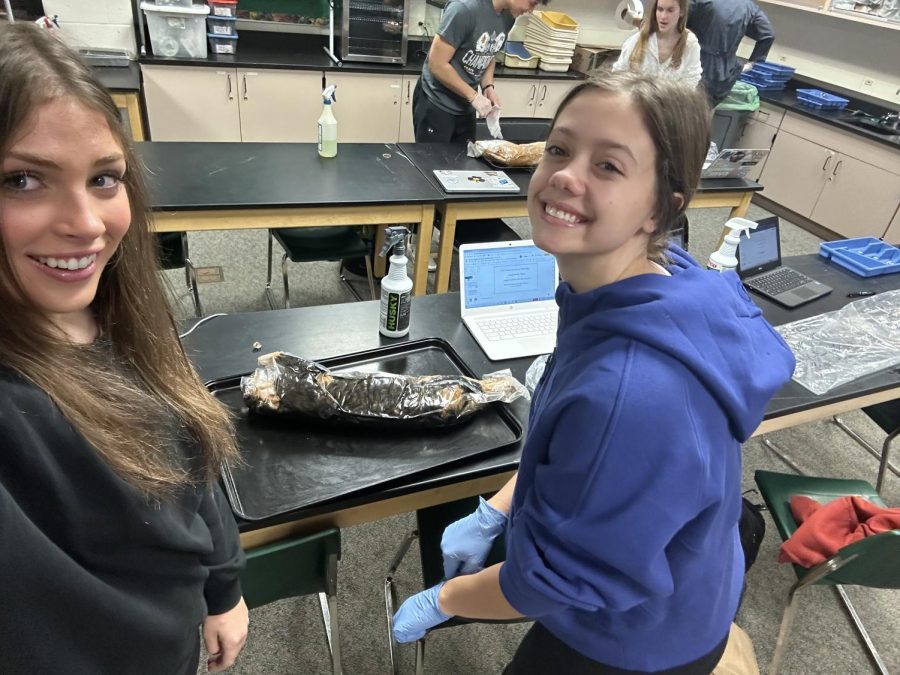Science needs humans to develop; alive or dead
This semester, my human anatomy class has embarked on our most gruesome endeavor. I have quickly become accustomed to the stench of formaldehyde and the feeling of flesh through my bright blue latex gloves.
My cat is Jane—as in Jane Doe—and while I feel regretful and unnerved that she lost her and her unborn kittens’ lives to be used as a cadaver for my anatomy class, I am grateful for the experience.
The cats we use are those that shelters have euthanized because they were not adopted. Though this pains me to hear, I am relieved by the fact that they were not just thrown away, but instead, used for science.
While this cat’s fate was not her choice, I have begun to notice the importance of cadavers being donated to science, hence my decision to do with myself just that.
For those with religious barriers restricting people from participating in this donation and for others, I understand why there may be some hesitation. Nonetheless—in terms of not only this type of donation but organ donations as well—the necessity for these donations cannot be exaggerated.
Seventeen people a day die waiting for an organ transplant, and while that seems a small number, these are lives that are savable. An individual donor can save eight lives, so even just two donors can nearly save all of those lives.
In terms of being donated for scientific use, personally, I know that if I required surgery, I would hope for an experienced surgeon, probably one that has vast experience, and that experience is likely gained through cadaver use.
Cadavers prove to be one of the most effective means of learning the body, and while animals are effective as well, I find it much more difficult to accept coming from an animal when in many cases, they were raised for the purpose of solely being killed when, this may seem almost funny to say, they have no say in the matter.
Historically, animal use for science was much more prevalent than human, however, as it grew more acceptable for humans to fill this role, procedures typically done with animals began to be replaced with humans, hence resulting in fewer animals being used as subjects. The difference is, humans used for these experiments were not raised or killed for this use but died without intervention. Simply, to aid humans in medicine, it feels immoral to exploit animals.
Learning anatomy on a real-life scale is crucial to the development of many doctors. In my personal experience, while I have only worked with a cat and the model is somewhat accurate, it is in no way a replica of the real deal. Clay and plastic do little to emulate the layers of fat coating the muscles and the unique shape per individual. Though I am sure more accurate models exist, it is challenging for me to excuse spending money when there is a perfectly good alternative.
In all of this, I don’t intend to appear insensitive to the dead, and I understand my view on life after death may differ from many others. I just find that once my body is no longer serving its purpose to keep me alive, I hope it can aid others in one way or another.

Gigi is beginning her second year of writing for The Central Trend as a junior this year, and she is starting to fear she will run out of things to say....



























































































